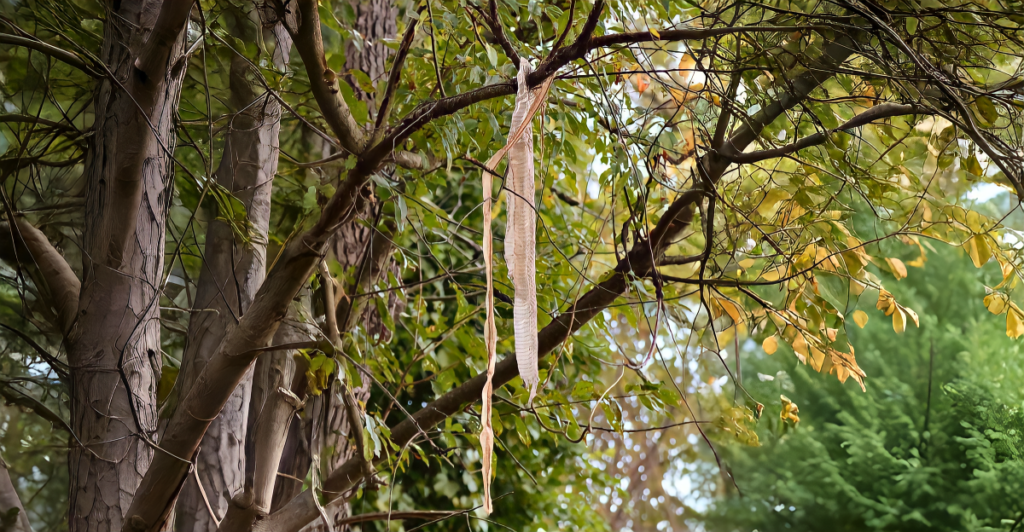
In the quiet woods of New York’s Monkey Run Natural Area, an unsettling sight has left many hikers baffled—snake skins draped over branches. But this isn’t the work of a prankster or anything. Instead, it’s a brilliant defense mechanism. Birds are weaving shed snake skins into their nests, fooling potential threats into believing a dangerous reptile is near. Now, scientists are finally testing just how effective this clever trick is—and the results may surprise you!
The Clever Defense Mechanism
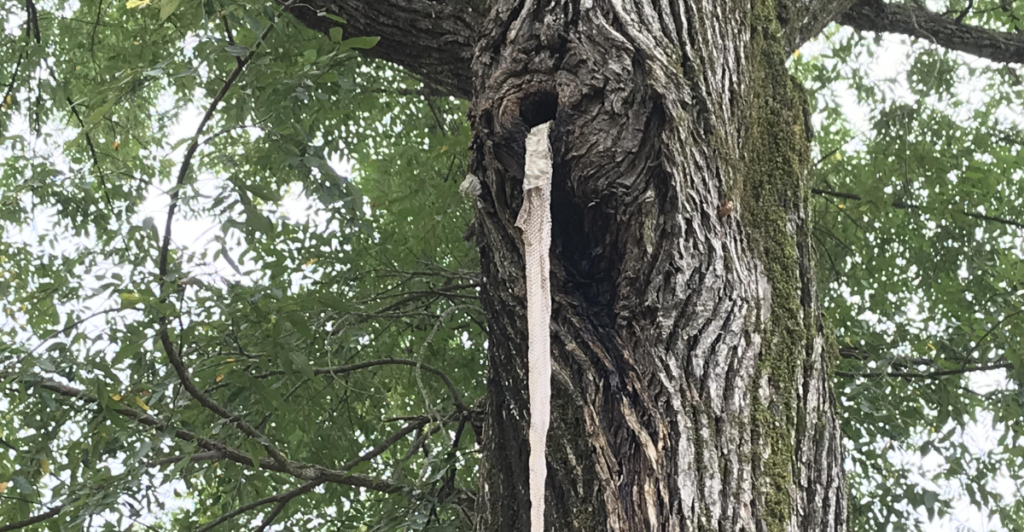
In the Monkey Run Natural Area, birds use shed snake skins in their tree holes to scare off predators. This clever method takes advantage of the natural fear of snakes, which lowers the chance of being attacked. By making potential threats think a dangerous snake is close by, this strategy helps birds survive better. This example shows how animals adapt over time.
Cavity vs. Open-Cup Nests
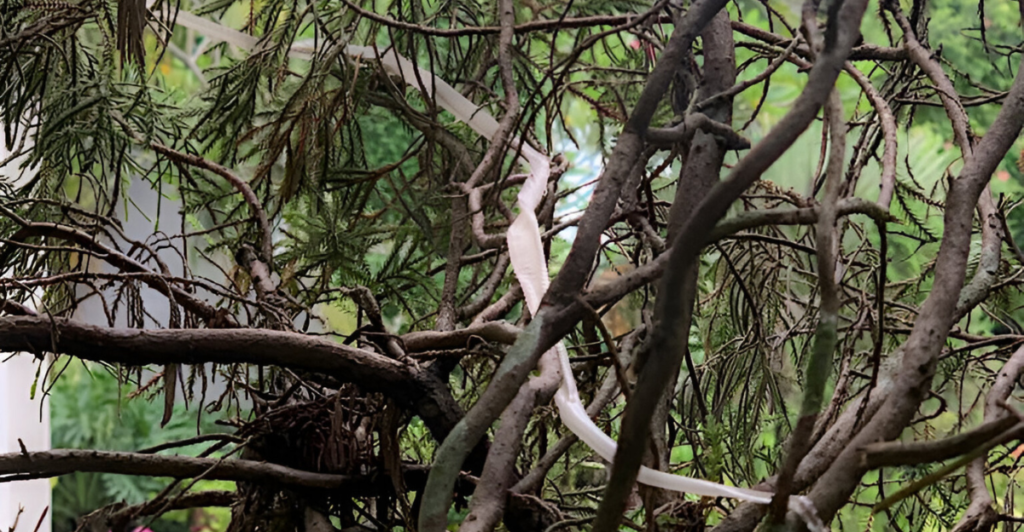
Birds that nest in tree cavities are 6.5 times more likely to use snake skins than birds with open-cup nests. The enclosed space makes it harder for small mammals to reach the eggs and chicks, which helps increase the survival rates for birds that nest in cavities.
Snake Skins and Predator Behavior
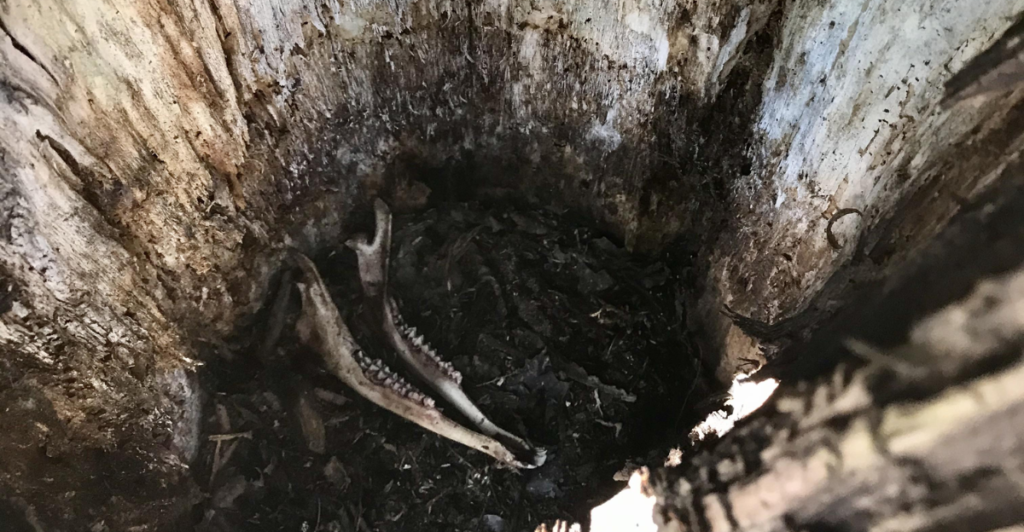
Small mammals often eat bird eggs and are afraid of snakes. Birds take advantage of this fear by placing snake skins in their nests. This tricks the small mammals into thinking a snake is nearby. As a result, the birds reduce the chance of nests predatation. This is a simple and effective way for them to survive.
Bio-Inspired Design for Human Use

Birds use snake skins, and this might help create new materials inspired by nature. Researchers could design synthetic materials that copy the properties of snake skin to help control pests or manage wildlife. This approach would create new solutions based on clever strategies found in nature.
The Evolutionary Edge
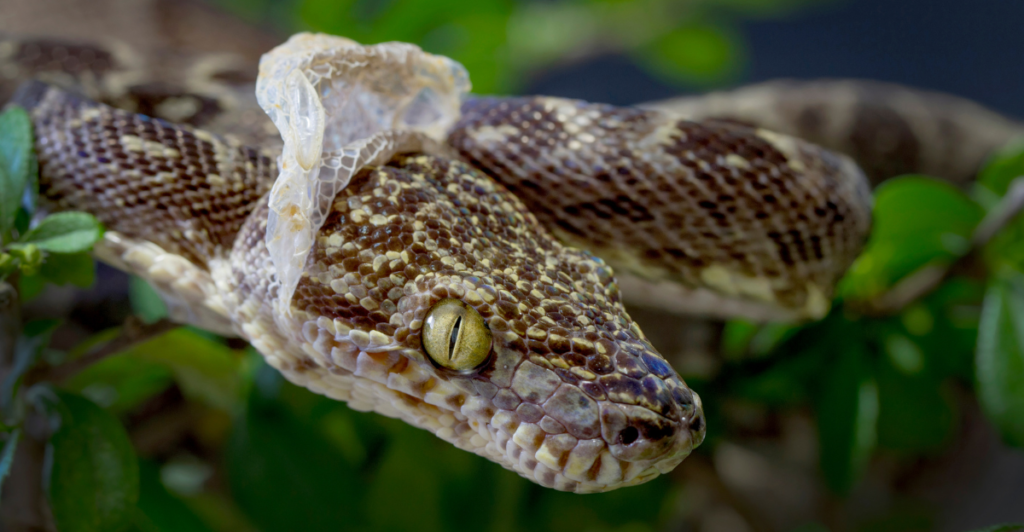
This behavior is an evolutionary strategy that capitalizes on predators’ fear of snakes. By using snake skins, birds increase the chances of their young ones surviving, which helps ensure their species continues to survive. This shows how important evolutionary traits are for survival.
Tropical vs. Temperate Environments
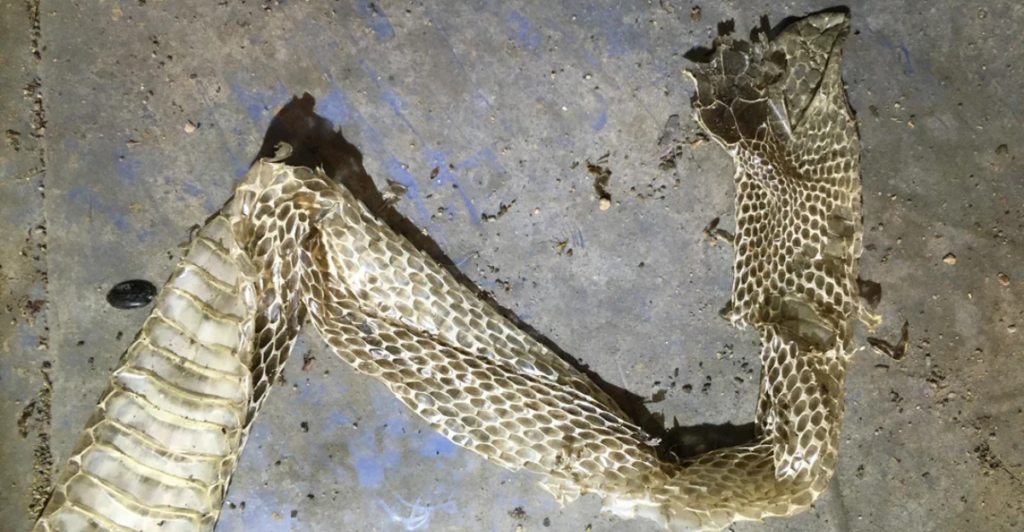
Using snake skin is more common in tropical areas because there are more types of snakes there. This leads to more pressure from predators. By looking at how birds in different environments use snake skins, we can learn more about how they survive and how predator-prey interactions vary in different regions.
Ecological Network Interactions
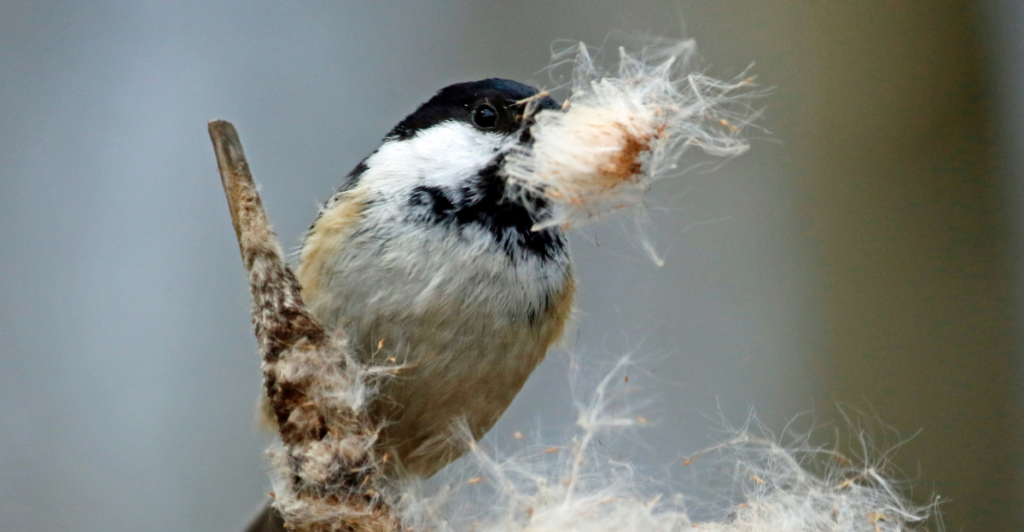
Birds’ nesting strategies, including the use of snake skins, are part of complex ecological networks. These interactions between species—such as birds, predators, and prey—highlight how changes in predator populations could influence nesting behaviors and survival tactics over time.
The Arms Race of Evolution

While snake skins provide an effective deterrent, predators may adapt to ignore them. This can lead to a constant battle where birds have to find new ways to protect themselves or use different methods to keep predators away. This back-and-forth process of adapting continues over time.
A Look at Conservation
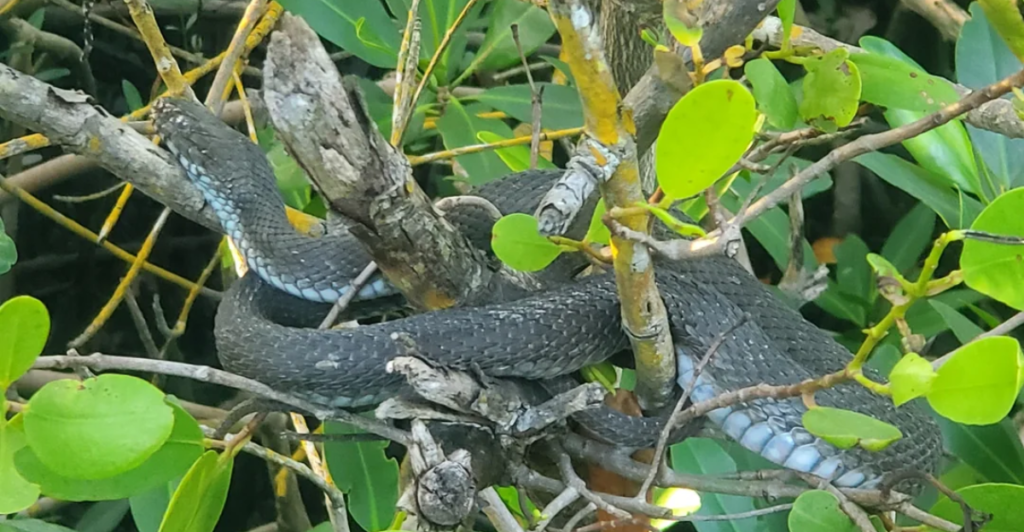
The use of snake skins in bird nests could inform conservation efforts. By providing similar deterrents in artificial nests or boxes, conservationists could increase bird survival rates, especially in areas with high predation pressure, ensuring the persistence of vulnerable species.
The Role of Nest Placement
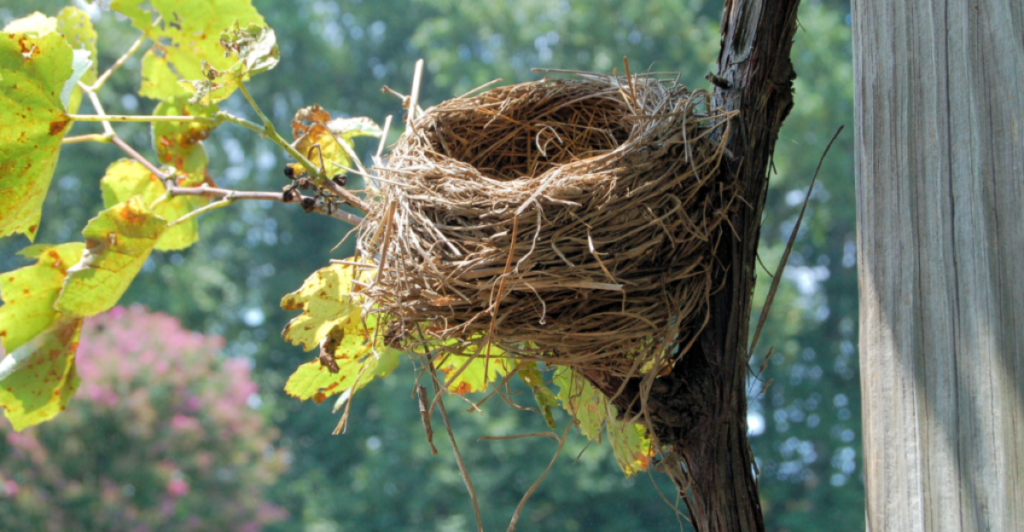
While snake skins are effective, the placement of nests plays a key role in bird defense. Birds in enclosed spaces, such as tree cavities, naturally benefit more from snake skins than those building in open areas. Nesting choice influences overall protection and survival strategies.
A Multifaceted Defense
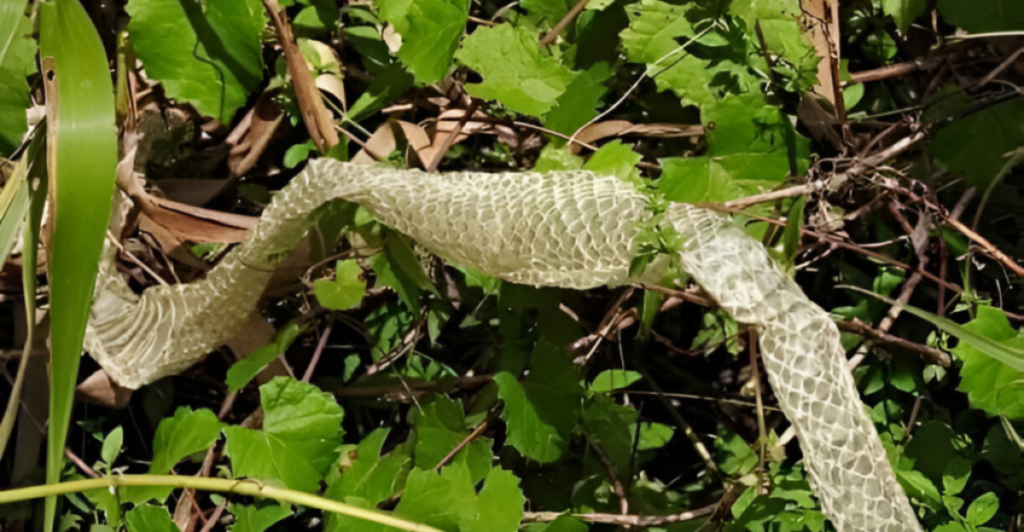
Snake skins help keep birds safe from predators, but birds use other ways to protect their nests, too. They may choose safe places to build their nests, nest together in groups, or act aggressively to scare off threats. Learning about all the methods birds use gives us a better understanding of how they survive in nature.
The Power of Fear

Snake skins aren’t just physical deterrents; they tap into the primal fear of predators, tricking them into avoiding nests. This fascinating psychological component enhances the effectiveness of the strategy, showcasing how animals can use instinctual fears to their advantage.
Explore more of our trending stories and hit Follow to keep them coming to your feed!

Don’t miss out on more stories like this! Hit the Follow button at the top of this article to stay updated with the latest news. Share your thoughts in the comments—we’d love to hear from you!







